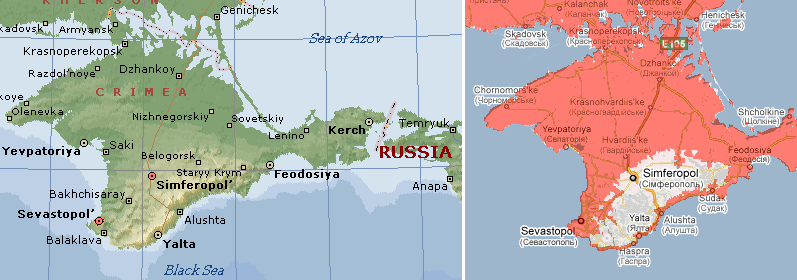
| |
 |
![]()
The Crimea will experience approximately the same climate after the shift as before, the former west now the north, the former east now the new south. The most serious problem the Crimea will face during and after the pole shift will be volcanic dust from the Balkan region and Etna, which will blanket the area with thick dust clouds, making outdoor gardening impossible and poisoning the water. The Crimea, surrounded on most sides by water, is also vulnerable to sea level changes, including influx from the melting poles which will cause the oceans of the world to rise over 650 feet above their current levels. Due to the forcible thrust of the India/Australian plate under the Himalayas, there will be some lifting of the land affecting even the Crimeas, so some land will remain above sea level even after the poles have melted. However, this will likely be a series of islands, not continuous land, compounding the problems facing any survivors who will be less able to wander to more hospitable lands.
ZetaTalk ™
The Crimea is an island in the Black Sea which will of course slosh during the hour of the pole shift but more important is the squeeze that will occur as the waters rise after the pole shift to be approximately 675 feet above today's current sea level. In the middle of a vast area that will go under the waves, the highlands on the island of the Crimea will become the refuge of those who have migrated, attempting to escape the waves. Refuges from the Ukraine in the north and from Russia to the east will arrive, and end up perched on the highlands of the Crimea along with the those who lived on the Crimea at the start. A very crowded situation.
ZetaTalk ™ May 21, 2011

Note European Migratrion commentary.